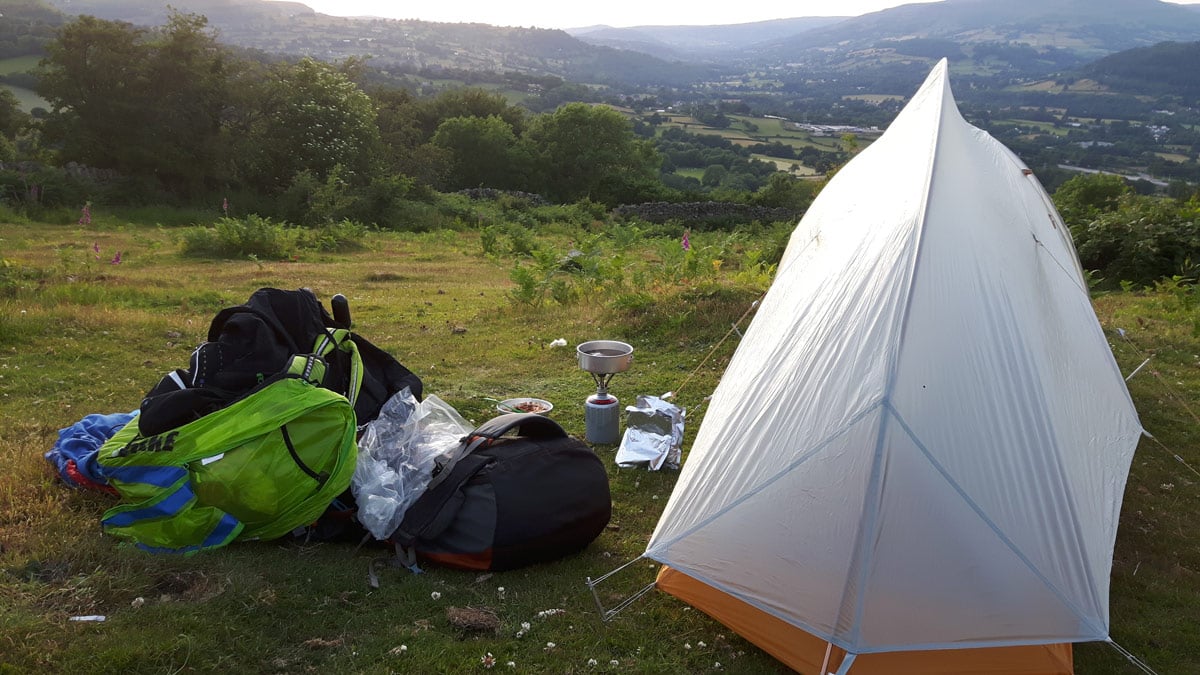
Where to go? What to take? How to plan your first solo adventure? It’s all here in our beginner’s guide to Volbiv, aimed at pilots who want to try fly-camping for the first time.
I’ve been going on solo journeys with my paraglider since 1994, soon after I discovered XC flying. It’s the reason I love flying so much. It IS the sport, to me … an escape to another world. Everything else (SIV, competitions, groundhandling, soaring, XC) is preparation, to help me achieve a greater sense of freedom during volbiv adventures. Most of my trips have been slow rambling explorations, because … well, that’s the point, isn’t it? It’s a state of being, not a competition.
Over the years I’ve refined my kit, and my aspirations. I’ll share some of my thinking with you.
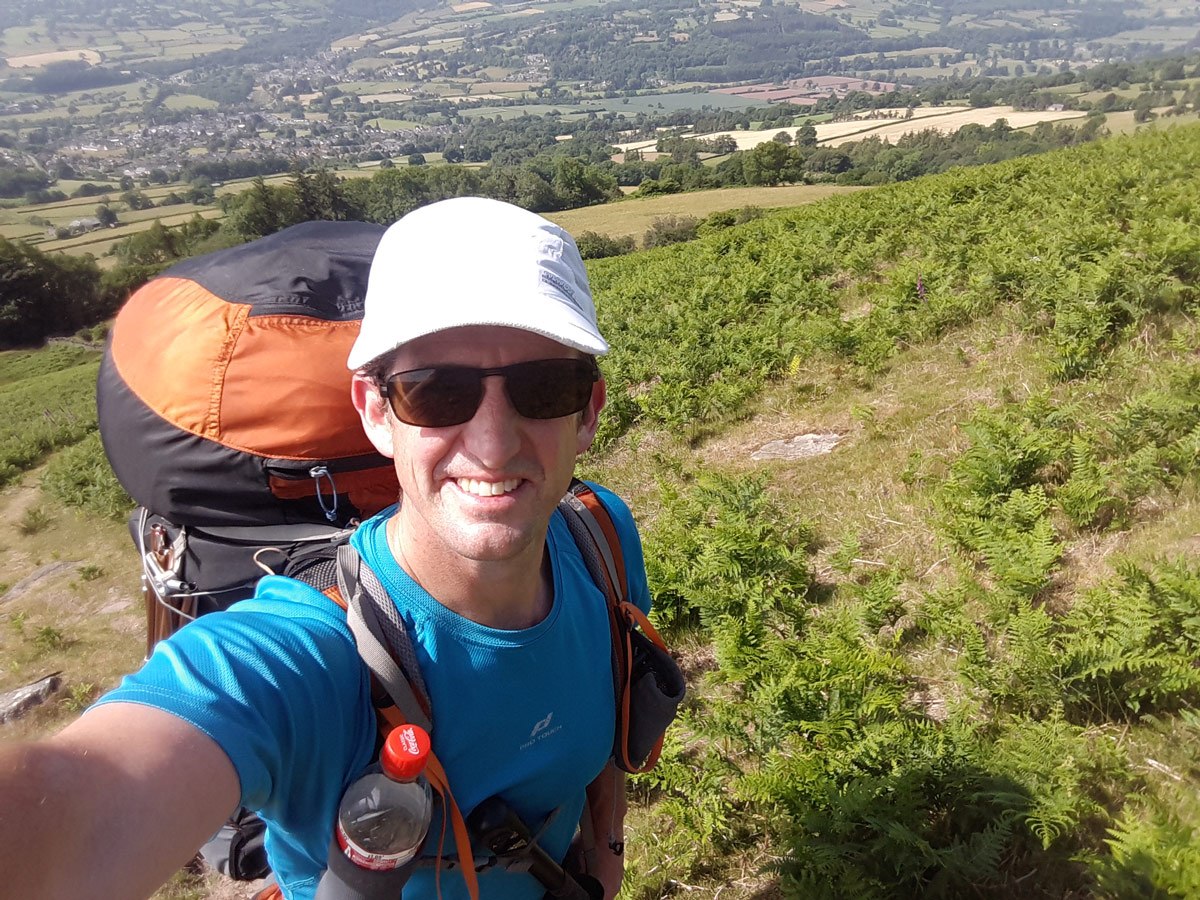
Am I ready to volbiv?
Yes, you could go grab your paraglider right now, and take to the hills. Follow the wind and have an incredible (tough) adventure. But as an old hand, I’m obliged to voice a word of caution, because it’s not for everybody, and I don’t know where you’re at with your flying.
This is not something to do in your first few hundred hours. Build your skills progressively. First lots of launches and landings, making them more challenging. Then do lots of XC flights. Maybe a few competitions to help you gauge your progression. Definitely an SIV course or two, to build some combat skills. Then try a simple volbiv with a more experienced friend. Finally, go solo. That’s a sensible line that will give you the best results.
There’s a wave of enthusiasm for hike and fly and volbiv at the moment, led by the media push of the radically risky adventure races and supported by manufacturers who have started producing specialised light wings and gear and therefore must promote the idea. Don’t get caught up in the ‘wild eyed optimism’. This is flying, it demands your respect. Put in the time to develop your strengths, and it can be hugely rewarding without being reckless.
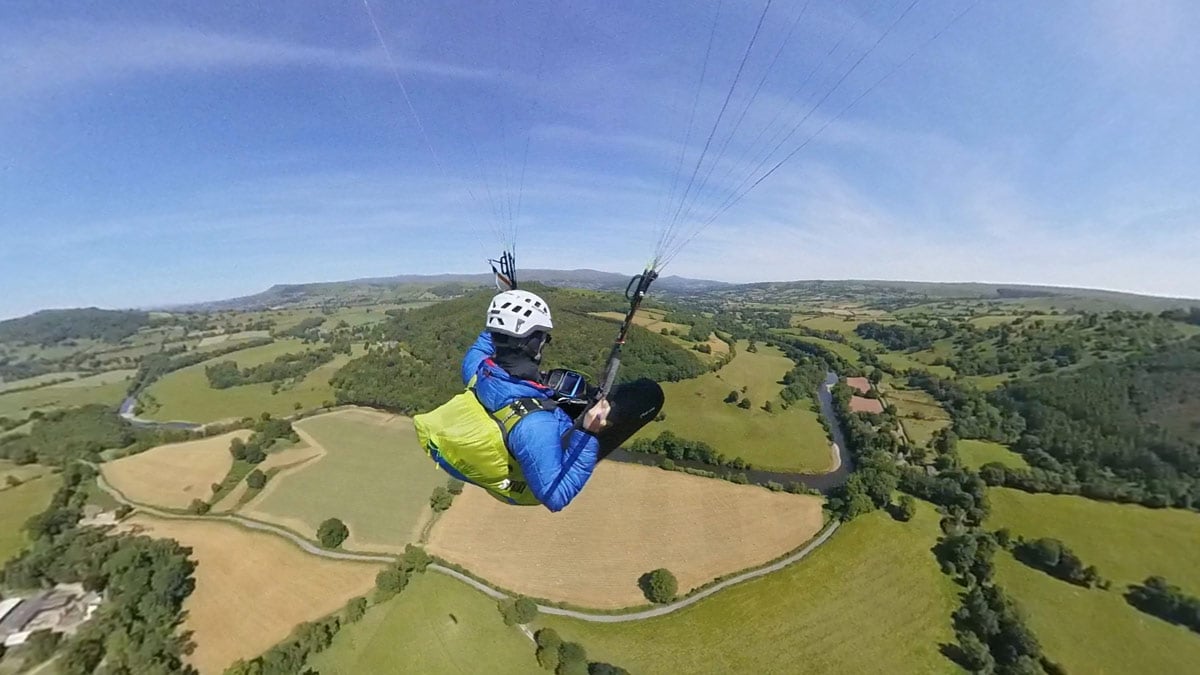
Start with a weekend trip
Begin at a regular flying site in a populated area with good XC potential, on a Saturday, aiming to get back on Sunday. You’ll still get the sense of freedom of a volbiv, you’ll still need to do all the independent thinking and launch scouting and overnight hussle, but you can achieve this with no food and just 2 litres of water, making your pack light (although you’ll discover, not light enough!). If you want to spoil yourself, by all means carry some food but you’ll probably come across a town or friendly local and get something random to help you through.
Keeping it to 2 days means you can endure just about any weather and discomfort, and still enjoy it. You’ll be amazed how much fun you can have! Every short trip will teach you things, foundation skills you can’t learn in any article. A volbiv succeeds mostly on your ability to solve problems in the field. You have to be exposed to learn them.
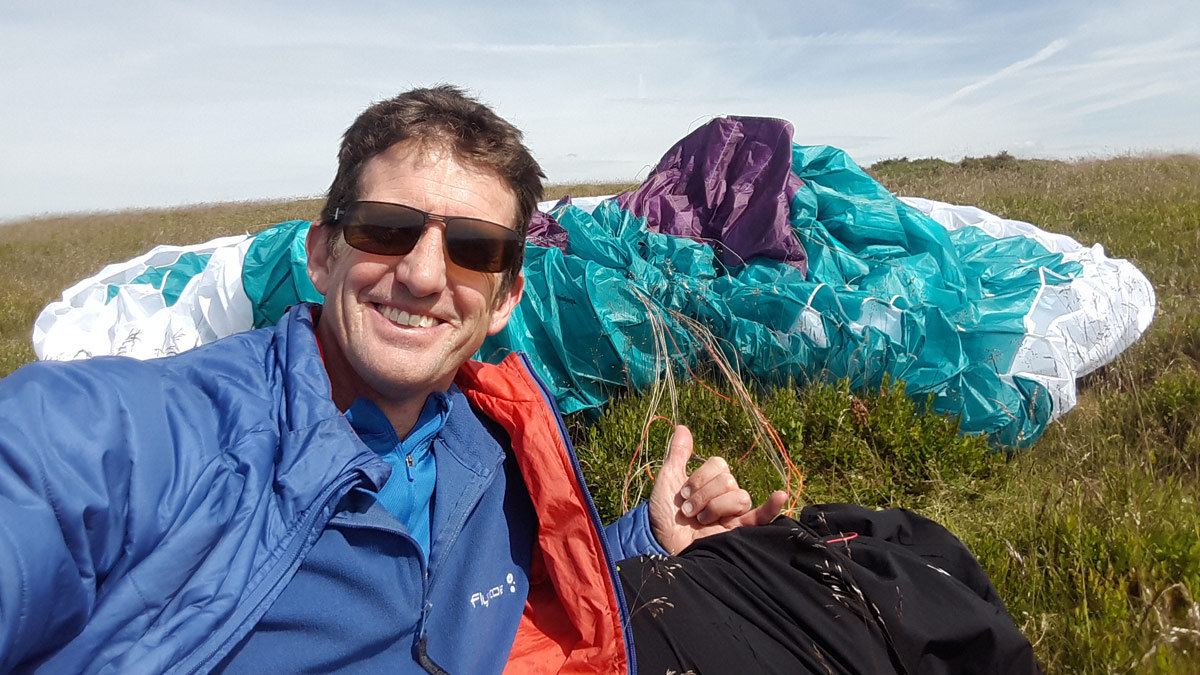
Take a friend
If possible, find a fellow nutter. Even better if she’s a local to the area. Having someone to keep an eye on you can massively increase the safety in the mountains. And when you see your mate getting spanked in the leeside, you know what to avoid, and you can have a good laugh about it afterwards. Shared adventures are special. Take radios to keep in touch, and an action cam to get some shaky unwatchable footage that you’ll treasure forever.
Where to volbiv?
You need many flyable hills concentrated in one area. In the UK, Wales is great. The Lake District is pretty appealing too. For a more remote challenge, try Scotland (but take protection for man-eating midges). Check out Flybubble.com/weather to find some site ideas.
The Alps is made for this style of flying. Pick a popular site like Annecy or any one of many others and go wild. You could also adopt the Eigertour concept and link up serviced mountain huts, which would reduce your pack weight (no tent, no food).
There’s no need to be purist about it for your first few adventures – use the public transport to get to towns, use the ski lifts to get up the mighty peaks, and get more flying!
Keep more remote trips like Spanish Pyrenees for later expeditions, and do a few seasons of XC and volbiv before trying to emulate Stefan Bocks or Antoine Girard in back-country epics with limited (non-existent?) medical support. Any mountain chain offers a simple route to guide your line, but venturing too far from civilization can make you terribly exposed: be sure you’re ready for it.
To get started with a good foundation, Annecy is a good introduction to Alps (check out Flyeo). Nepal is a popular destination for more epic guided volbiv trips (check out the legendary John Silvester and Eddie Colfox at Himalayan Sky Safaris).
It doesn’t have to be one of the popular volbiv locations. Anywhere you can fly XC from one site to another has a potential volbiv route you could devise. Think ‘micro-adventure’… you just need to get high, fly away, and spend the next day trying to get back.
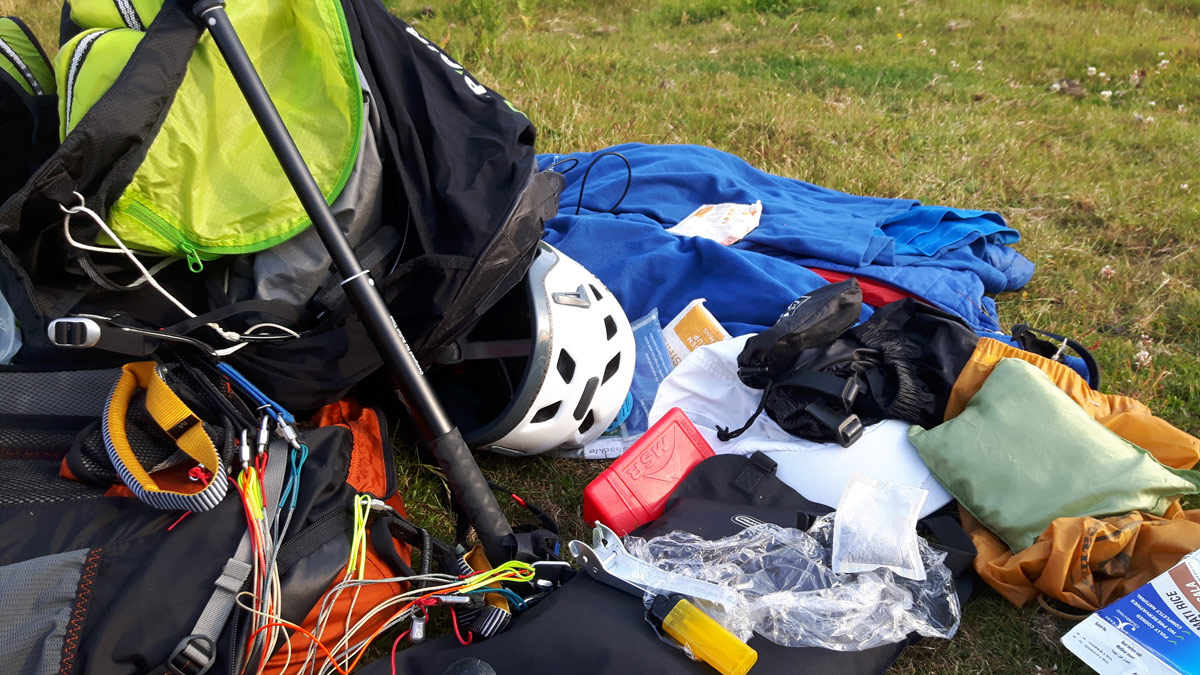
Getting the right adventure gear
Begin with your empty backpack. Weigh it. Well over 1kg?
Instead, get something modern and light that carries well, like the Kolibri backpack, the comfortable Advance Lightpack 2 or more affordable Gin Light Rucksack and Woody Valley Rucksack Light. Check that your harness and wing will fit in these smaller packs, you might need to do some other optimizing.
Slowly add items to the bag, considering each thing you put in. Can you make do without it?
Get some ultralight hiking poles that fold up short. They do make a difference.
Get an ultralight tent (sub 1kg) like the WISP which has the minimum necessary enclosed bug-netting and waterproof groundsheet, and a small vestibule for storing your gear and boots out of the rain. This uses your hiking pole, so there’s no extra metal to carry. A tent gives you options to camp right near water sources or in exposed locations. [edit: Tim Pentreath suggests a similar style cheaper version, thanks Tim.]
Get a hiking foam mattress and fold it into harness sized sections. This will go under your tent to protect the groundsheet, and for sleeping comfort. If you want the luxury of an inflated mattress, you’ll need to choose your campsite carefully to avoid any sharp objects (or take both).
Sleeping bag? Only necessary if you’re in cold environments. I plan all my volbivs in summer, when the flying is good, and you’ll be out of the wind in the tent. I open out my paraglider and lay it on top of me – it keeps me surprisingly warm. To avoid stickiness, I take a silk sleeping bag liner.

Flying kit for volbiv
This will vary so much depending on your skill level and mix of gear. Although you need to be absolutely brutal with stripping down your kit, there’s a sweet spot of practicality and durability. Check out the Go Light series for some ideas (based on equipment available in 2014, but the concepts are still valid).
Do I need a light wing for volbiv?
There are now a great range of lightweight wings, especially those with EN B ratings. They are all well made, but they are not as durable, because the fabric is ultralight and the reinforcing has been reduced. They can be ‘hotter’, being more responsive but more susceptible to collapsing in turbulence, although they often have faster reinflation. They are easier to launch in light conditions and dramatically reduce your pack size. So you gain some things, lose some others. If you are going to do a lot of hike-and-fly adventuring and travelling, go for it. If this is just something you’d like to do occasionally, a standard or ‘semi-light’ wing is best for you. Get something that makes you feel completely confident in the air, that’s all that matters.
Do I need a light harness for volbiv?
Yes, an ultralight harness is worth it for the reduction in pack size alone. The ones around 2kg (Strike, Kolibri, Genie X-Alps, Range Air) have small packing volumes. At least consider the standard 'semi-light' pod harnesses around 3kg (GTO light, Delight 3, Lightness 3, Ozium 2). At the extreme end of the scale, the Range Xalps 2 is ideal for experienced racers, or you could get below 1kg on an exposed mountain harness.
With all harnesses, I usually remove the foam protector, and pack my foam mattress and soft items in the space, otherwise things wouldn’t fit. This compromises your crash safety, so pack it wisely.
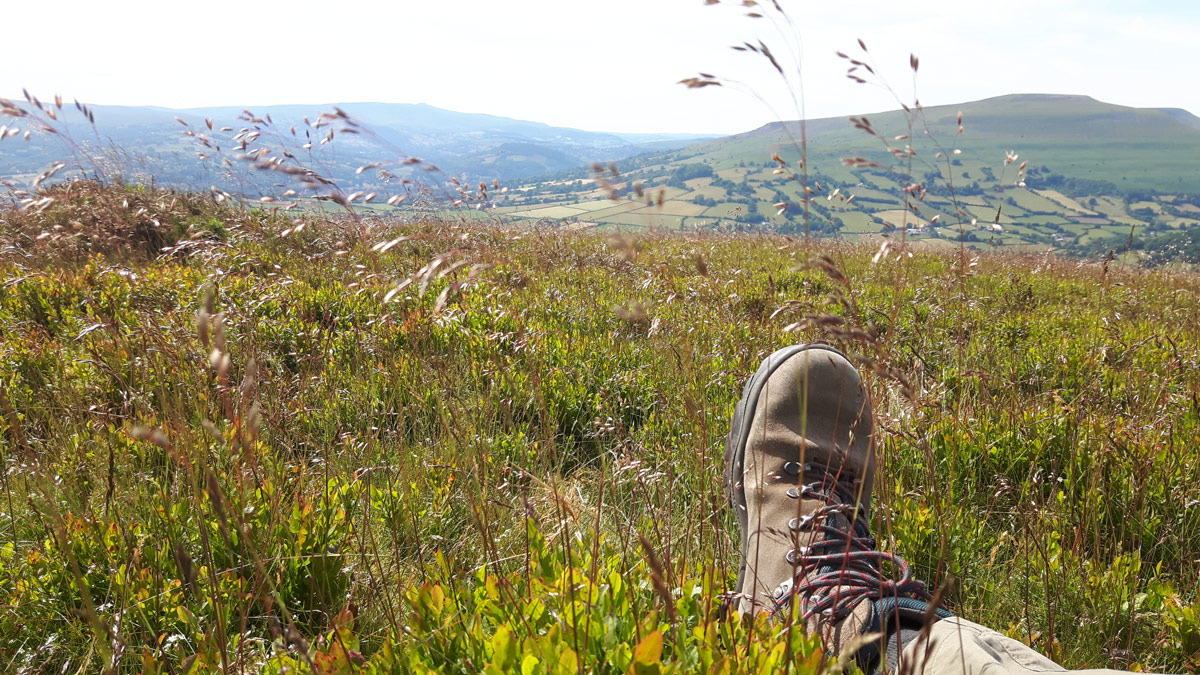
Basic volbiv kit list
- Wing, Harness, Reserve, Helmet, Vario, Jacket and gloves.
- Water (drinking bladder, or plastic bottles) + purification tablets.
- Small first aid kit and wing repair tape. Sunhat and sunglasses.
- Phone and battery pack.
- A Delorme InReach or Spot.
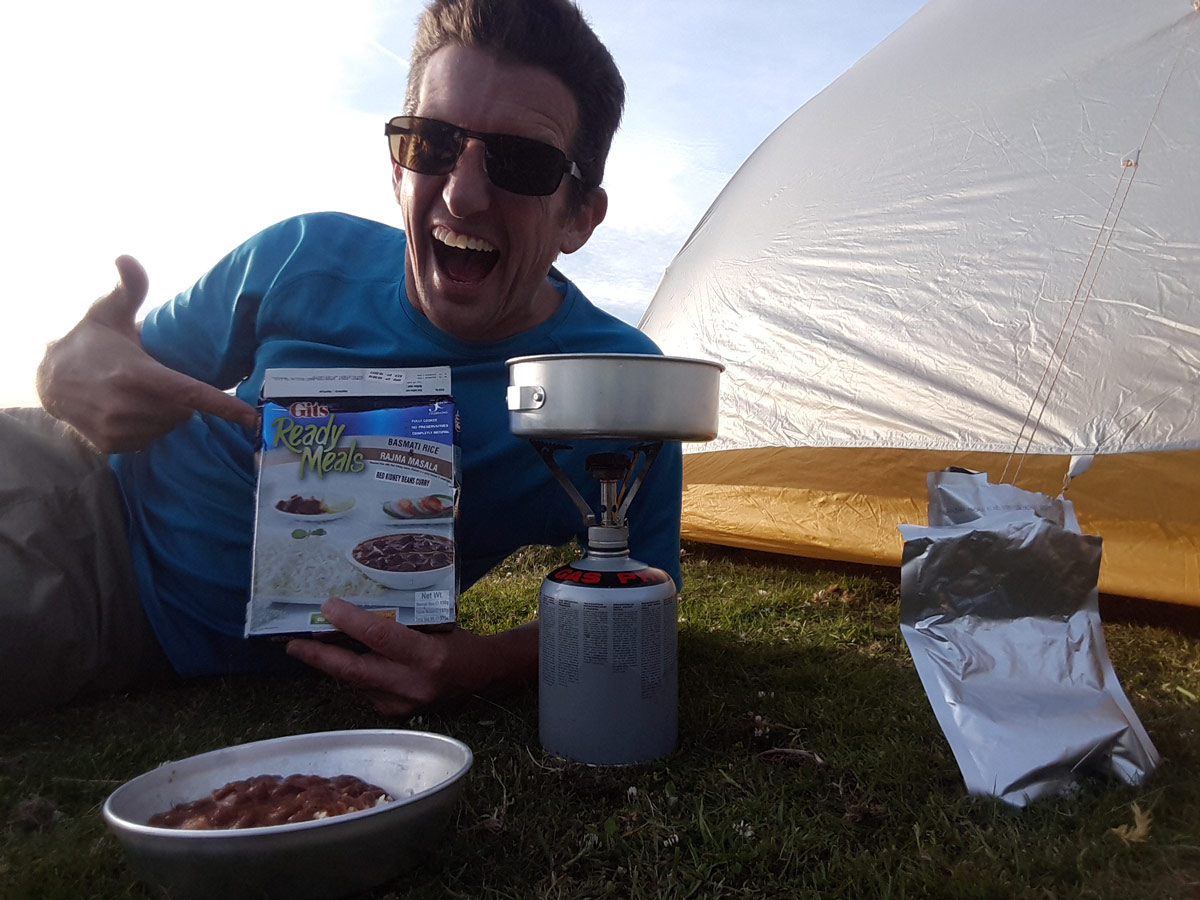
My volbiv kit list for weekend trips
Glider (Advance Sigma 10, semi-light at 4.75kg). Fantastic handling, precise thermaling, simple launching. I do much more general flying than volbiv, so I’ve matched the wing with my usage.
Harness (Supair Strike, light at 2.1kg). A very good all-round harness with stability, comfort and a reasonable packing space).
Reserve (Beamer 3 light 1.4kg). I could save 450g here by getting a Companion SQR Light, but knowing I have the lowest descent rate, fastest opening and some possible steering control gives me great peace of mind.
Helmet: Supair School (lightest certified), that’s what I’d recommend given that my old helmet isn’t produced any more.
Instrument: Syride SYS'Nav V3, does all I need, combined with phone for occasional airspace checks on XCtrack.
Tent: Fly Creek Big Agnes
Camera: GoPro Hero 6 on a selfie stick, with tripod and helmet mounts. You could document any volbiv very well just using your phone, with photos.
Mapping: ViewRanger app on phone
Food: often, nothing (fasting is good for the soul, random eateries abound). Otherwise, dry food (cereal, dried fruit, dried meat). Luxury: cooking stove pot and ready meals.
Volbiv adventure guide video
Join us on a weekend trip through the Welsh hills: the perfect place for starting out!
More information about volbiv
Check out my preparation for Pyrenees volbiv,
and the Alone in the Alps video series
Brought to you by Flybubble
Want to see more? There's no better way to support our efforts than buying gear from us. We'll ensure you get great service! Choose from our huge range of the best free flying gear AND enable us to produce more videos and articles to benefit the free flight community.
